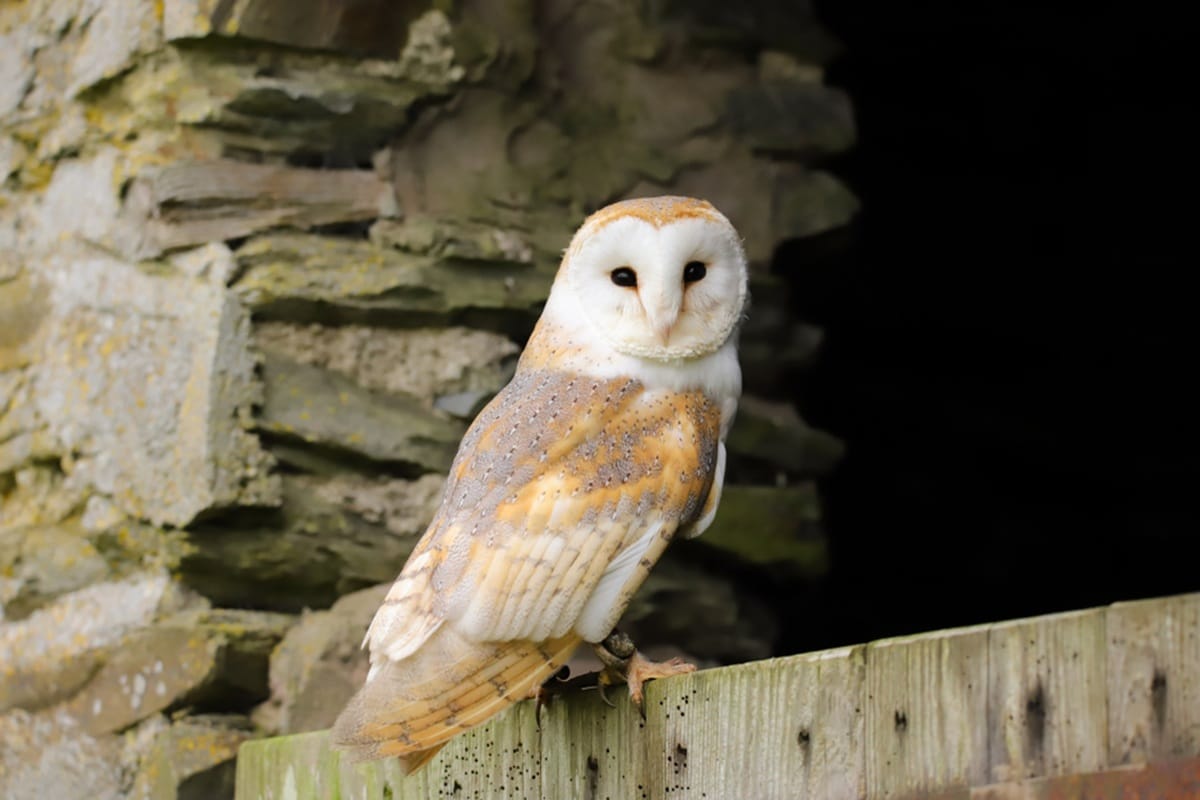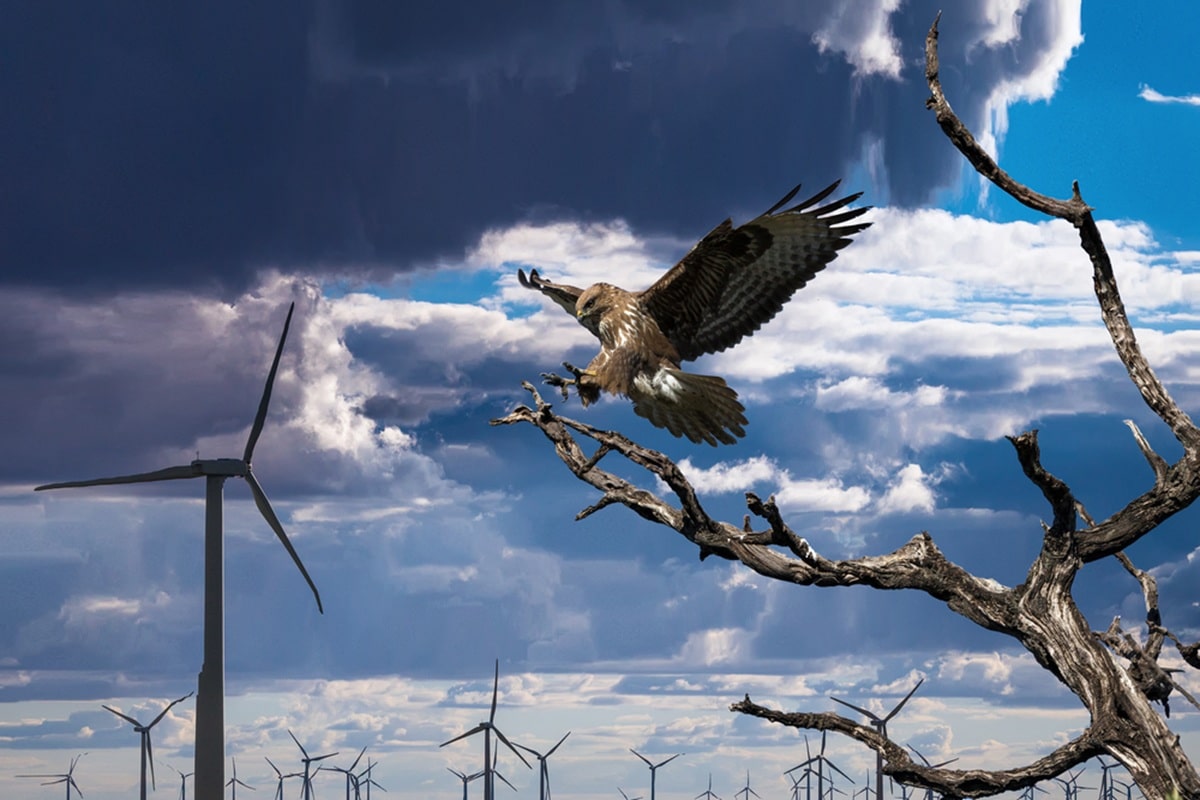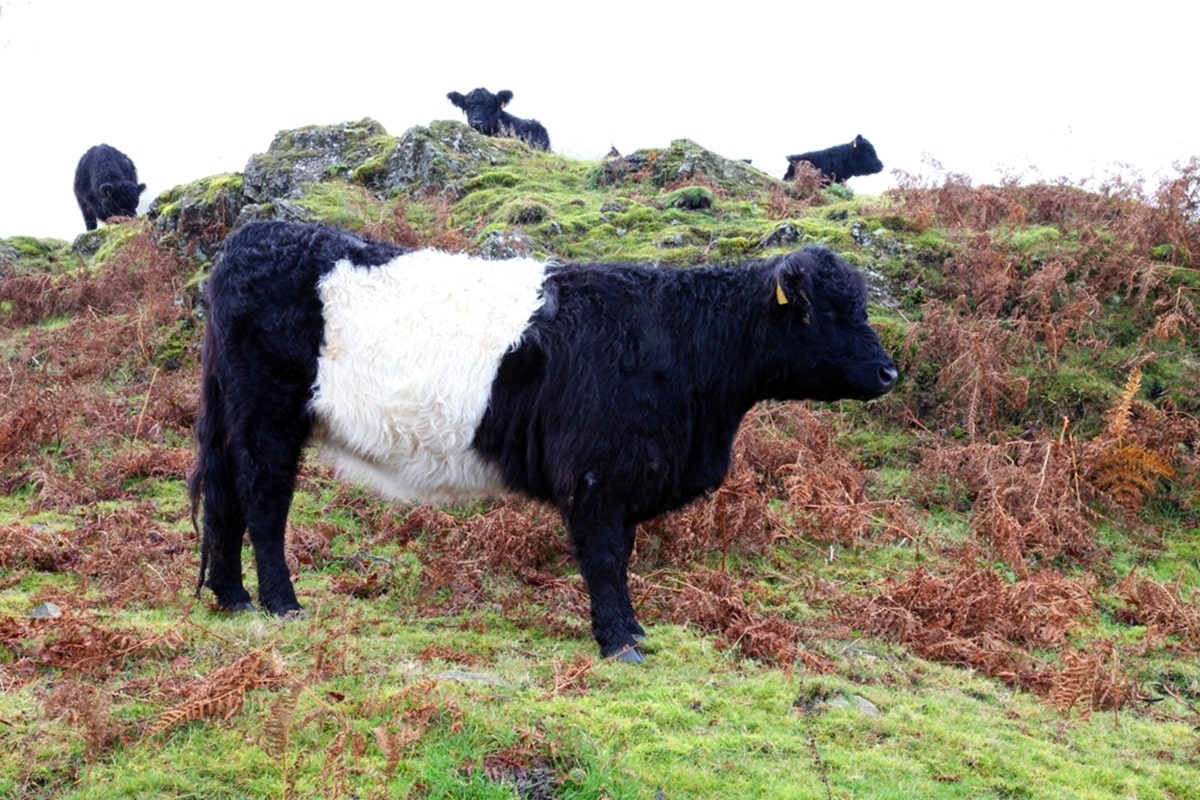
Conservation projects across the UK involving native breeds of cattle and ponies are successfully improving land and bringing back biodiversity. The initiative is transforming scrubby heathlands, fens, and overgrown pastures into richer, more resilient habitats. This article looks at how native grazing breeds are being used, what benefits they deliver, where things are working well, and what challenges remain.
Why grazing matters and why native breeds excel
The landscape changes as animals eat, trample, browse, break up soil and disperse seeds, resulting in:
- reduced dominance of coarse vegetation such as rank grasses, bracken and scrub.
- ground being opened for wildflowers and new plants to take hold.
- improved plant species diversity.
- increased structural variety, for example, patches of bare ground, tussocks, short sward and scrub edges.
Native breeds are particularly valuable here; because they have adapted over centuries to UK climates, local forage, and harsher conditions, they:
- tend to be hardier, requiring less supplemental feeding, and can cope with poor terrain or weather.
- have grazing and browsing behaviours that better mimic what wild herbivores used to do.
Grazing animals also promote soil health in various ways:
- by trampling soil, they help incorporate organic matter and press seeds into the earth, creating disturbances that aid seed germination.
- their dung and urine return nutrients to the soil that support invertebrates and fungi.
- by reducing the extent of dominant plants, more light reaches the soil surface, promoting diversity and reducing the buildup of dead plant matter which can suppress new growth.
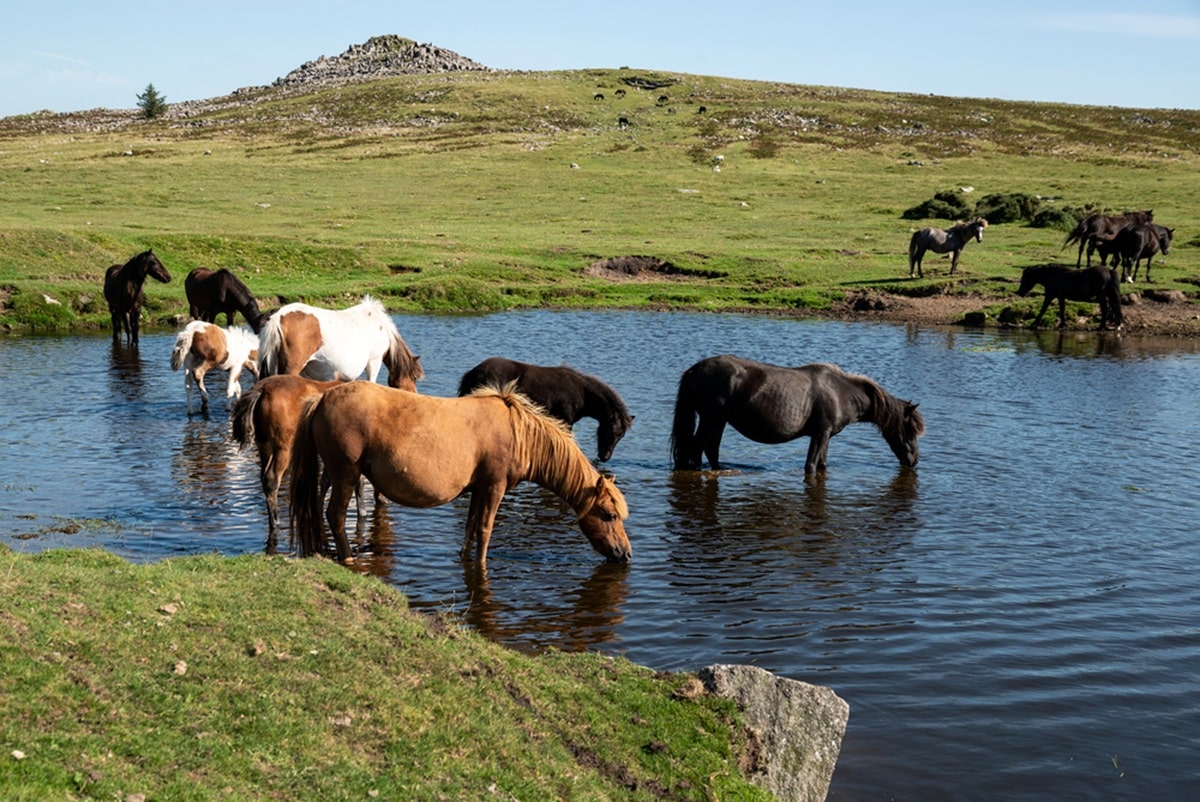
Successful UK examples
Here are three well-documented cases where using native or hardy breeds for grazing has made real landscape improvements.
Dartmoor ponies vs purple moor grass on Dartmoor heathland
Researchers investigated whether free-ranging ponies could reduce the dominance of purple moor-grass (Molinia caerulea) and help heather (Calluna vulgaris) regenerate. This grass is often viewed as a problem: it crowds out heathland plants and reduces biodiversity.
The study (from 2017-19) on a 425-hectare site showed that using ponies, together with salt blocks to attract them into certain areas, led to more bare ground, a reduced sward height, reduced occurrence of Molinia, and increased germination of heather seedlings.
Heather is a foundation species in many heathlands, supporting insects, birds and other wildlife. By giving it a chance, the grazing restores habitat complexity.
The Great Fen in Cambridgeshire
The Great Fen is another example. The conservation grazing programme there uses native breeds of cattle and sheep, highly suited to rough conditions. The work supports pollinators, improves pasture diversity, and helps maintain wetland margins, preventing scrub encroachment.
Clwydian Range and Dee Valley Area of Outstanding Natural Beauty (AONB)
In Wales, the Clwydian Range and Dee Valley AONB uses Belted Galloways, a hardy cattle breed, and Carneddau ponies for conservation grazing. Some of their findings include:
- very thick grass, scrub, bramble and gorse is opened up.
- bare ground patches are created, which are vital for ground-nesting birds and invertebrates.
- structure and species richness improves in places where grazing pressure and livestock type are well matched to the habitat.
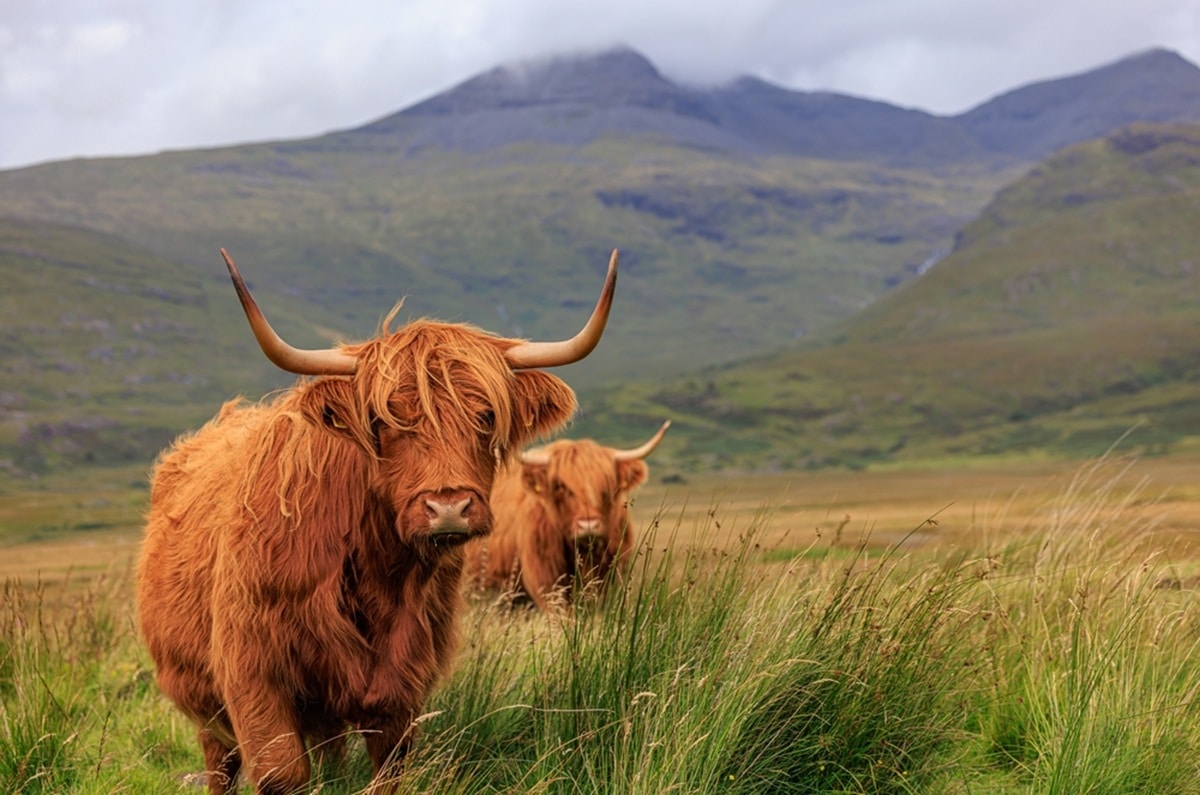
Native breeds: what makes them special
While it may seem an old fashioned strategy, native breeds bring specific ecological advantages. Here are some examples:
- Exmoor ponies are well-known for being hardy and having a varied diet. They graze down short vegetation but also browse shrubs, allowing a mix of plants to flourish.
- Highland cattle are similarly hardy, able to live in rough terrain, eating coarse vegetation. While their hooves and grazing help open up areas, their dung supports invertebrates.
- Hebridean sheep and Romney sheep are used in fen and wetland management, for example at Redgrave & Lopham Fens, where they are combined with cattle and ponies to manage scrub and maintain fen structure.
A policy incentive also backs them: the UK’s Countryside Stewardship grants, Country Stewardship Higher Tier and SPM2, now include payments for using rare native breeds on sensitive habitats. These are financial incentives per hectare, encouraging land managers to use native or rare breeds for conservation grazing.
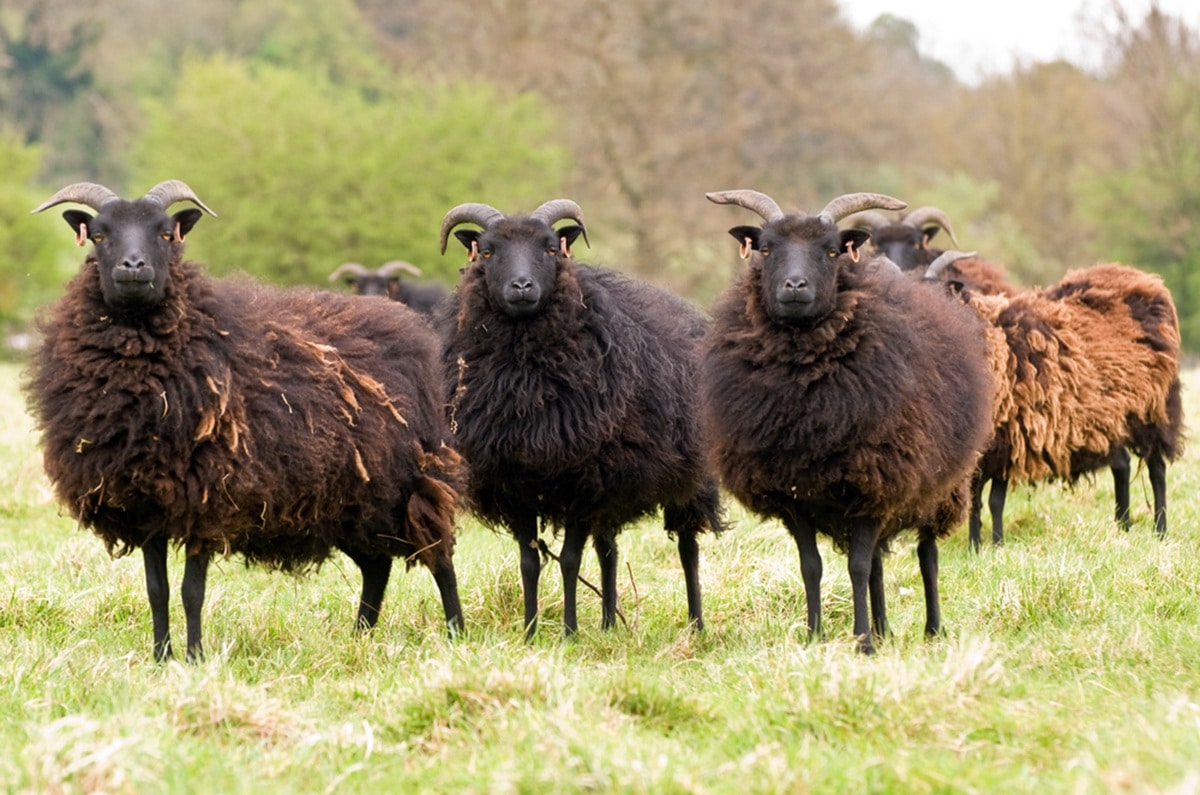
How grazing improves soil and landscape health
- Bare ground patches and seed germination
Many wildflower species need bare soil or lightly disturbed soil to germinate. Grazing helps by trampling vegetation, breaking up swards and creating gaps. - Vegetation structure and diversity
Because different grazers (cattle, ponies, sheep) graze differently – they have different mouth shapes, and some browse while some graze – they create a mosaic of sward heights and vegetation types. This supports more species: wildflowers, insects, small mammals and birds. - Soil compaction, moisture and nutrient cycles
Some grazing pressure helps mix organic matter, distribute dung and create microsites. However, overgrazing or too many animals can be harmful. Native breeds tend to be lighter and more adapted to sensitive environments. Their behaviour tends not to concentrate in one spot, reducing damage. - Pest, scrub and fire management
Browsing by livestock can keep scrub and invasive species such as bramble and gorse in check, which otherwise shade out understory plants or create a fuel source, increasing the risk of wildfire. A BBC report explained that grazing animals can create natural breaks and reduce fire risk.
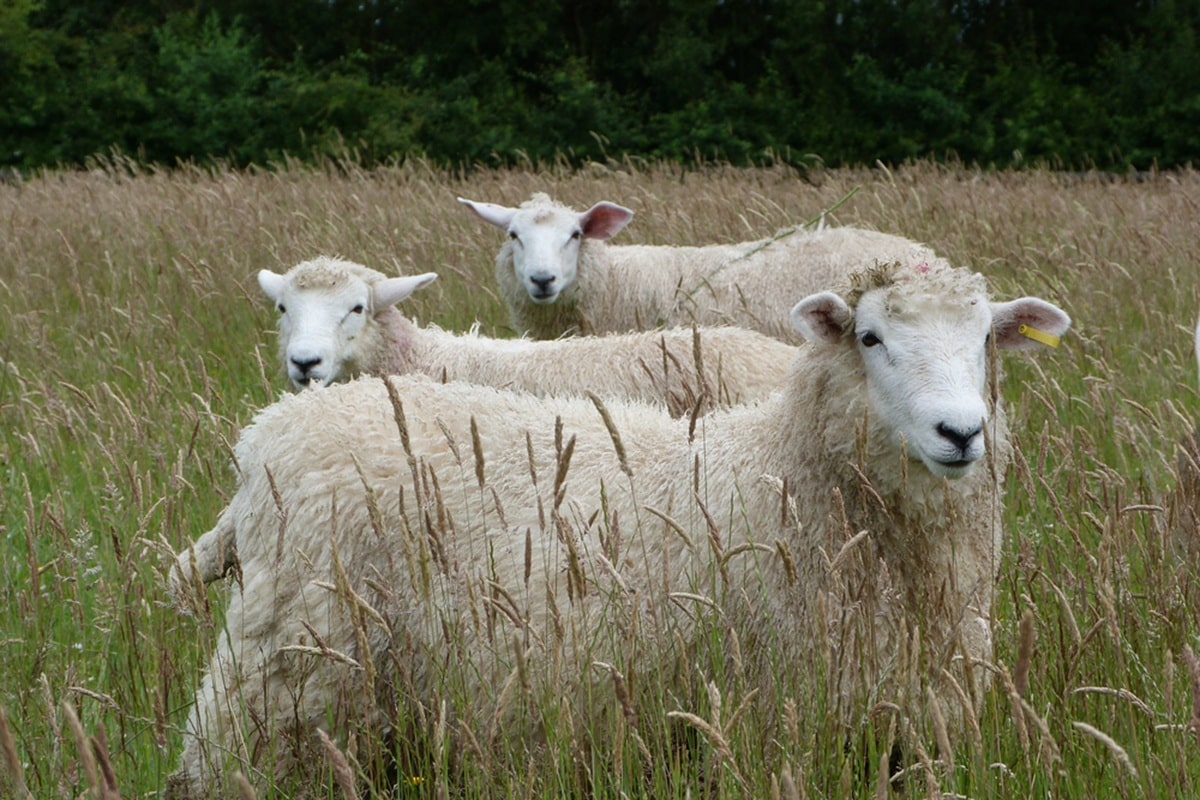
Challenges and caveats
As always, reintroducing grazing with native breeds isn’t a magic wand. Some of the limits and trade-offs are:
- Matching breed, density and timing to habitat: Too many animals, or grazing at the wrong time – such as during the nesting season – risks damage, trampling nests, or harming sensitive plants.
- Fencing and logistics: Cattle may wander; land boundaries and public access need to be managed.
- Welfare and cost considerations: Even hardy breeds need some care: water and sometimes supplementary feed in winter. Their lower productivity in terms of meat and wool means they are less profitable than commercial breeds, so conservation grazing often needs subsidies or public funding.
- Monitoring and ecological feedback: To ensure things are progressing, vegetation, soil and biodiversity on sites needs monitoring. Unanticipated outcomes such as soil erosion or invasive species may need adaptive management.
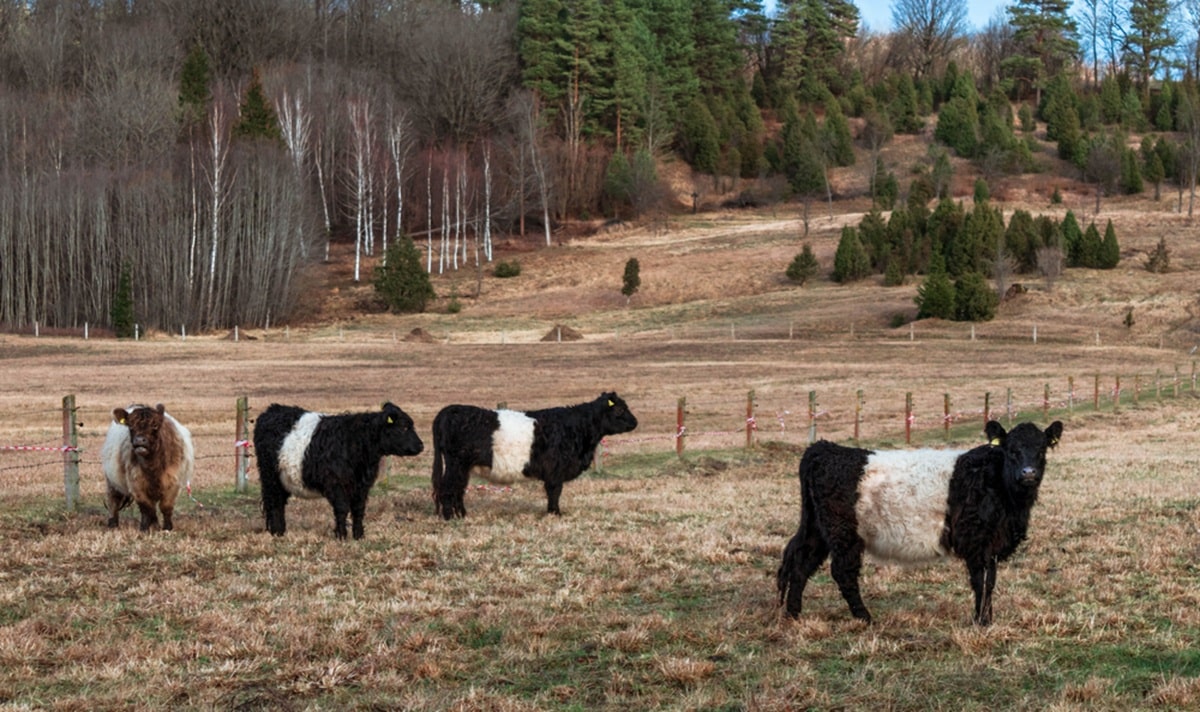
What the future looks like and scaling up
Given what’s working, what are the trends and what could happen if these approaches were scaled up?
Funding and policy support
- As noted above, government schemes are increasingly offering payments to landowners who use native breeds on sensitive land.
- With growing awareness of climate change and biodiversity crises, projects that deliver “co-benefits” such as biodiversity, carbon, soil health and flood risk reduction, are more likely to find support. Native breed grazing projects often tick many of those boxes.
Scaling geography and habitat types
- Conservation grazing is being adopted not just in heathlands, fens, and uplands, but also in lowland grasslands, floodplains, wet meadows, and private estates: the Financial Times featured White Park cattle in Wales, which revived overgrown land and supported wildflowers.
- A BBC News article (May 2025) reported that the Derbyshire Wildlife Trust had introduced ten Highland cattle and eight Exmoor ponies into the Trent Valley to help restore habitat mosaic. The idea is that these animals’ behaviour – grazing, trampling and browsing – will replicate the actions of wild herbivores from the past, helping reduce scrub, open up vegetation, and create natural fire breaks.
- Projects are also trying to mimic old ecosystem engineers: ponies, pigs and cattle are being used to imitate behaviours of wild herbivores, breaking up soil, opening up overgrown areas and mixing vegetation. The Purbeck Heaths Wild Grazing Project is a good example: using cattle, ponies, pigs (in future), over large heathland landscapes, aiming to mimic natural disturbances.
Soil health metrics
- There’s increasing research into how grazing affects soil organic carbon, infiltration, compaction and microbial life. Projects combining grazing with diverse swards (multiple plant species in pasture) tend to produce better soil health outcomes. For example, a project at Glensaugh Farm in north east Scotland is exploring combining pasture diversity with mob grazing and rotational grazing to improve soil, biodiversity and productivity.
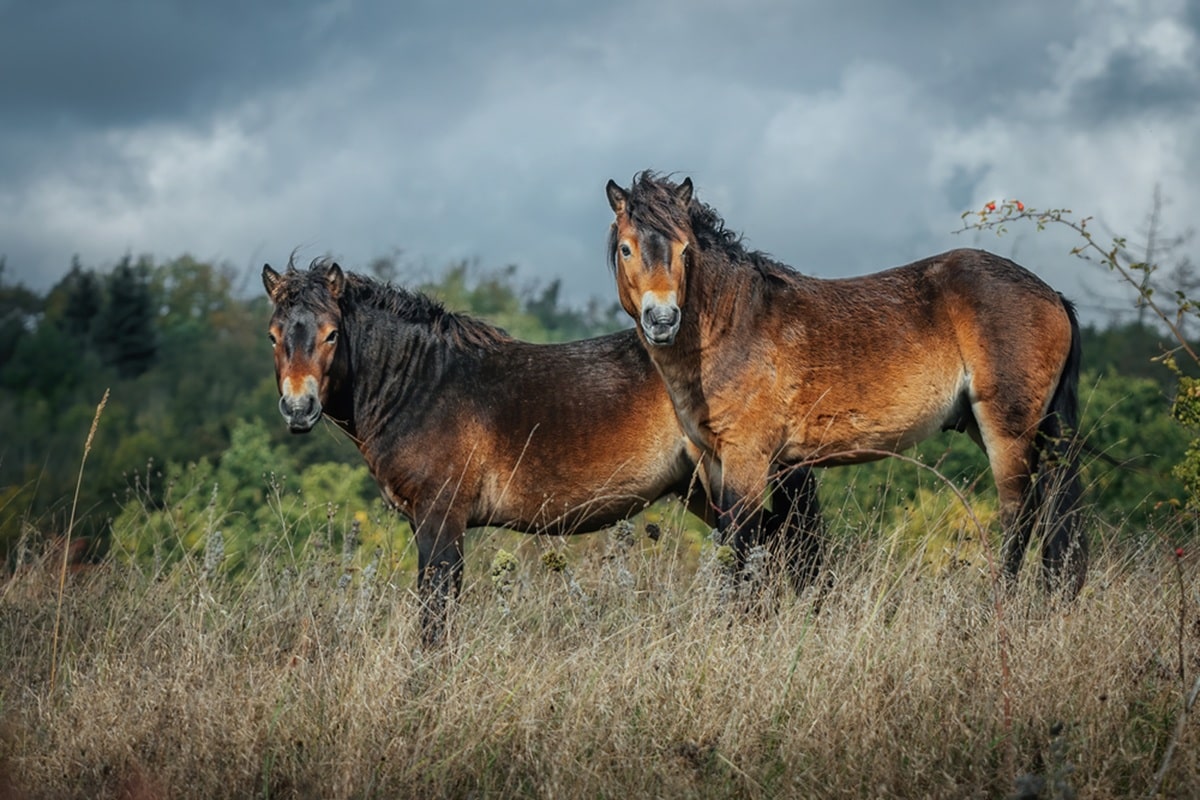
Risks and required care with scaling
- Ensure stocking rates (the number of animals per hectare) are appropriate to avoid overgrazing.
- Time grazing to avoid periods when wildlife is especially vulnerable, such as the nesting season, and very wet ground.
- Using native breeds that are less dependent on veterinary inputs helps reduce unintended ecological harm; for example, worming treatments passing through cattle in their faeces can affect dung insects.
- Long-term monitoring and adaptive management are essential, as is engaging communities and landowners so that grazing is supported and understood.
Going back to the future
Far from being old fashioned, grazing with native breeds can be a smart way forward. Instead of machinery, sprays, and regular mowing, these animals bring in natural processes: eating, trampling, browsing, and disturbance. They help shape landscapes in ways that many species depend on.
Because they are hardy and less resource-intensive, native breeds are often a more sustainable choice. If the grazing is well planned, appropriately scaled, monitored, and supported by policy and funding, it looks like native breed grazing can be an important tool in the restoration toolbox – helping create more resilient, biodiverse, healthy landscapes.

